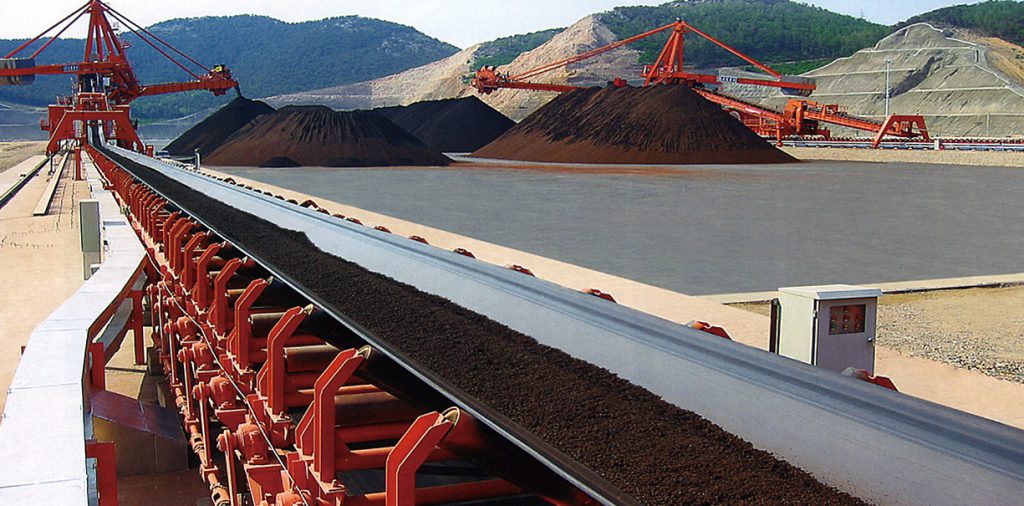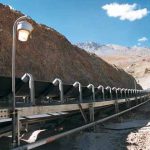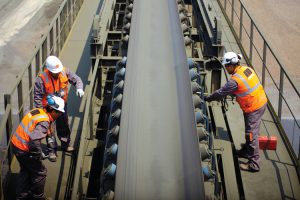How to Choose the Right Conveyor Belt Speed?
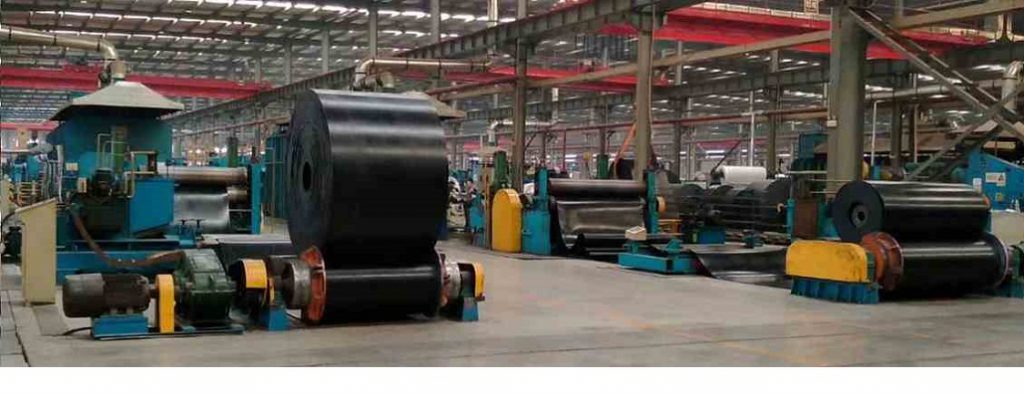
The wide use of conveyor belts in various industries has greatly improved production efficiency. Due to their different production conditions and the ever-changing production environment, it is difficult for many people to determine the running speed of the conveyor belt.
Conveyor belt speed, that is, the running speed of the conveyor belt, what factors should be considered when choosing the conveyor belt speed?
1. The belt width of the conveyor belt
The smaller the width of the conveyor belt, the more unstable the conveyor belt runs at high speeds, and even serious material scattering phenomenon is prone to occur.
2. The installation quality of the conveyor
Under normal circumstances, the installation quality of fixed belt conveyors is high, and the belt speed of the conveyor belt can be increased appropriately, while the belt speed of semi-fixed and mobile conveyors should be selected at a low value.
3. The size of the conveyor installation inclination
When conveying materials on a horizontal or close to horizontal conveyor, the belt speed of the conveyor belt can be set to a higher value; the greater the inclination angle, the easier the material will roll or slide. At this time, a low belt speed should be selected, and it should also be used when transporting materials. Low belt speed.
4. The bending of the conveyor belt on the pulley
When loading materials, the impact of materials will easily bring great wear to the conveyor belt, so it is best to use a low belt speed for short-distance conveyors. On the contrary, in order to reduce the tension of the conveyor belt when conveying materials on a long distance conveyor, a high belt speed is often used.

The specific application data of conveyor belt speed is as follows:
First of all, for those materials with small abrasiveness and small particles, such as coal, grains, sand, etc., conveyor belts are more suitable for higher speeds (usually 2 to 4m/s); and for large abrasive and large pieces For materials that are afraid of breaking, such as large coal, large ore, coke, etc., the conveyor belt is suitable for low speed (within 1.25 to 2m); for powdery materials or materials that are prone to dust such as large amounts of dust, in order to avoid dust Flying is more suitable for low speed (≤1m/s), and it is more suitable for low speed (≤1.25m/s), such as cargo, rolling materials or places with higher environmental sanitation requirements.
Then, a higher belt speed can be selected for a longer distance and horizontal conveyor; the greater the inclination angle or the shorter the conveying distance, the conveyor belt speed should be appropriately reduced. If the unloading trolley is used, because the actual inclination angle of the conveyor belt entering the unloading trolley is relatively large, the belt speed should not be too high, generally less than 3.15m/s; when the plow-shaped unloader is used, there is additional resistance and Wear and tear, the belt speed should not exceed 2. 5m/s, when conveying finely divided materials or small pieces of material, the allowable belt speed is 3.15m/s, and the belt speed of the downward transportation conveyor with a large inclination angle should not exceed 3. 15m/ s.
The conveying capacity of the conveyor is proportional to the belt speed and belt width. As the width and thickness of the rubber belt conveyor belt increases, there will be no more misalignment. Therefore, a higher speed rubber conveyor belt should be selected. .When the belt speed is too high, although the conveying tension will decrease, it will increase the transmission power, increase the wear of the conveyor belt and rollers, and increase the running noise. This also requires full attention.
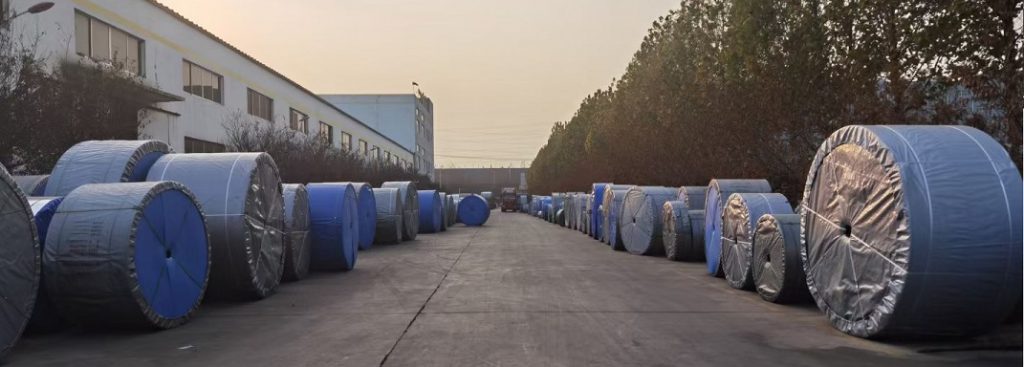
Calculation formula of conveyor belt speed:
If the motor is directly connected to the drive pulley, the calculation method is as follows:
(1) The motor speed divided by the speed ratio of the reducer is the output speed of the reducer, which is the speed of the drive wheel;
(2) Multiply by the diameter of the drive pulley and multiply by 3.14 to get the speed of the conveyor belt per minute;
(3) Divided by 60 is equal to the belt’s linear velocity per second (m/s).
The motor speed/speed ratio of the reducer is the output speed of the reducer. If the reducer and drive drum are driven by a belt pulley or a sprocket, you need to calculate the speed ratio.
SUNGDA CONVEYOR BELT CO.,LTD

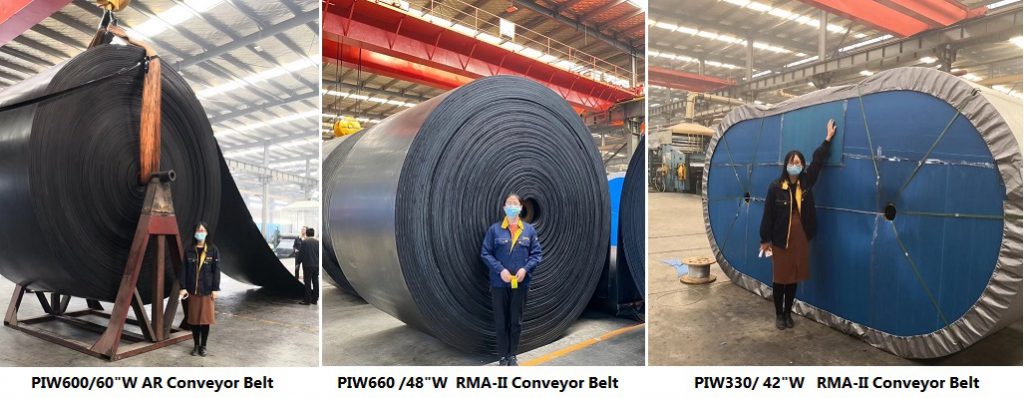
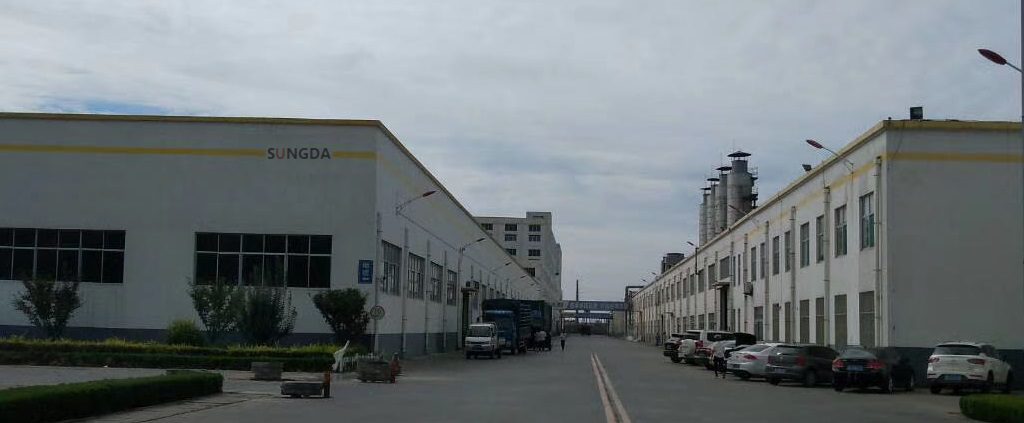
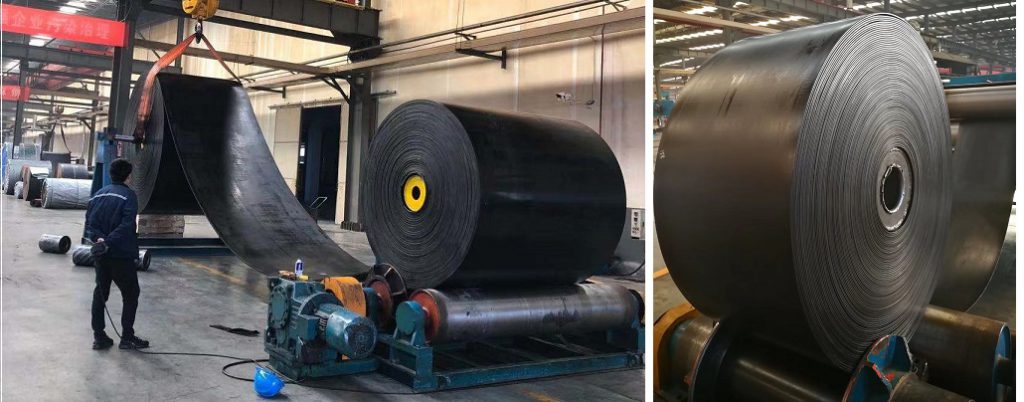

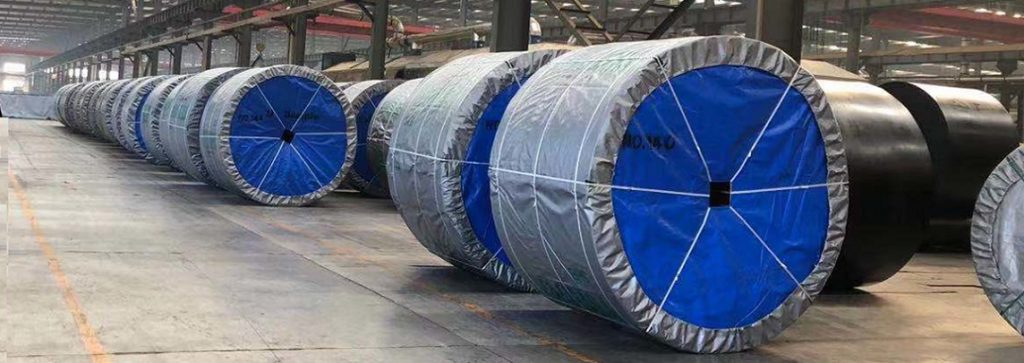
Official website: www.sungdagroup.com
Inquiry mail: info@sungdagroup.com
Tags: conveyor belt manufacture,conveyor belt speed

